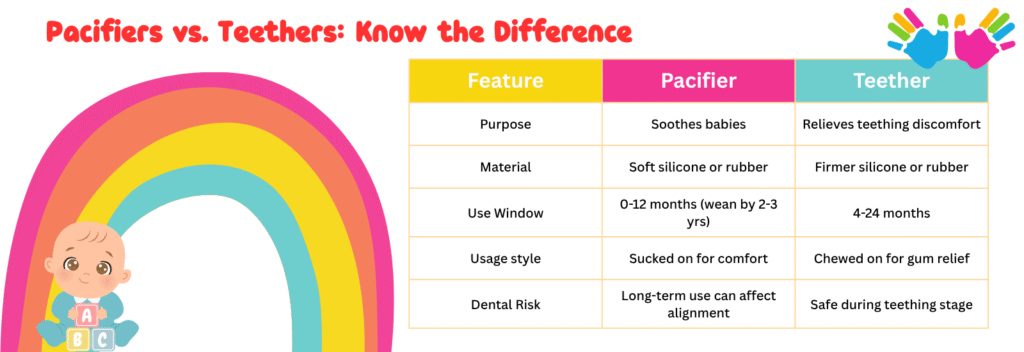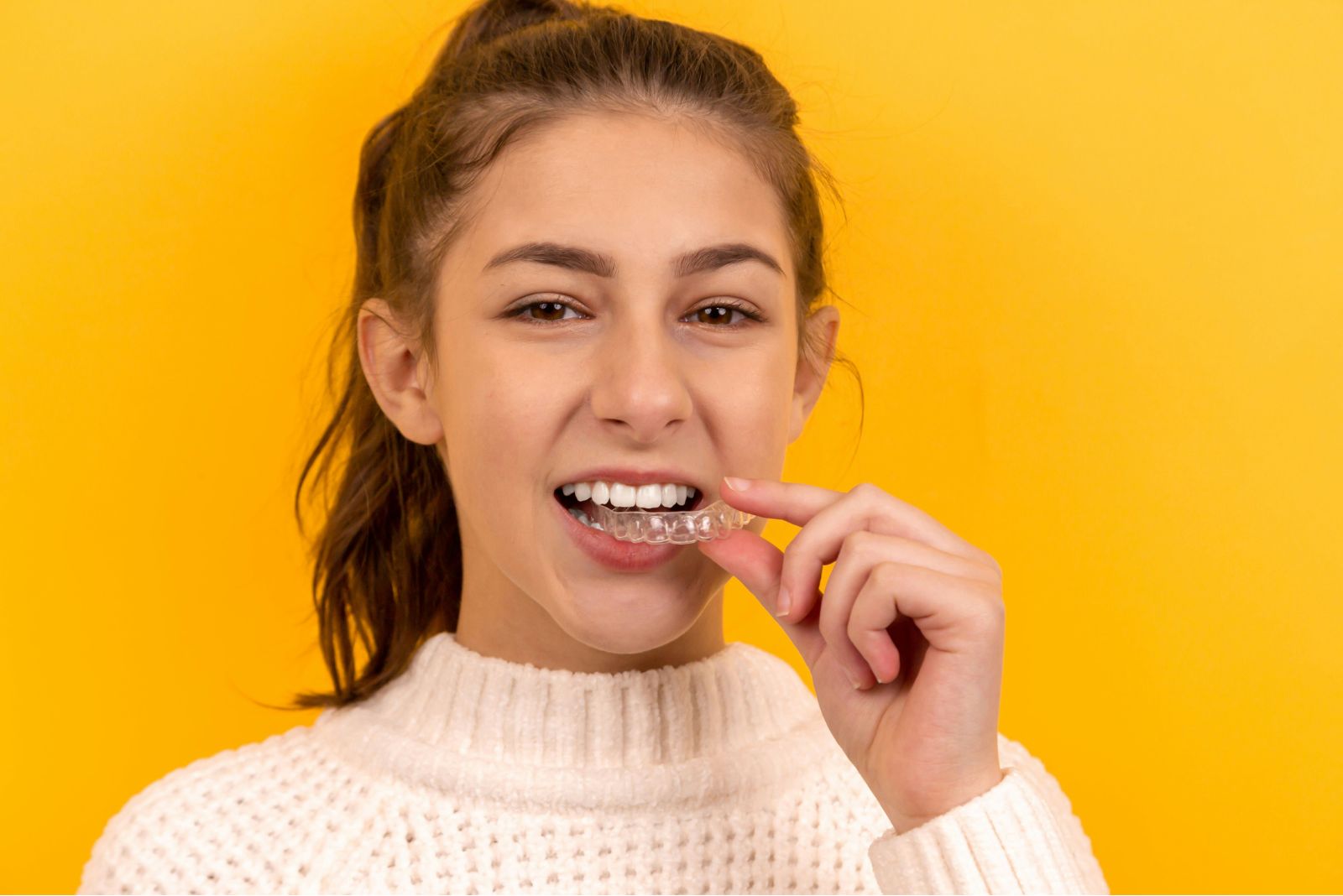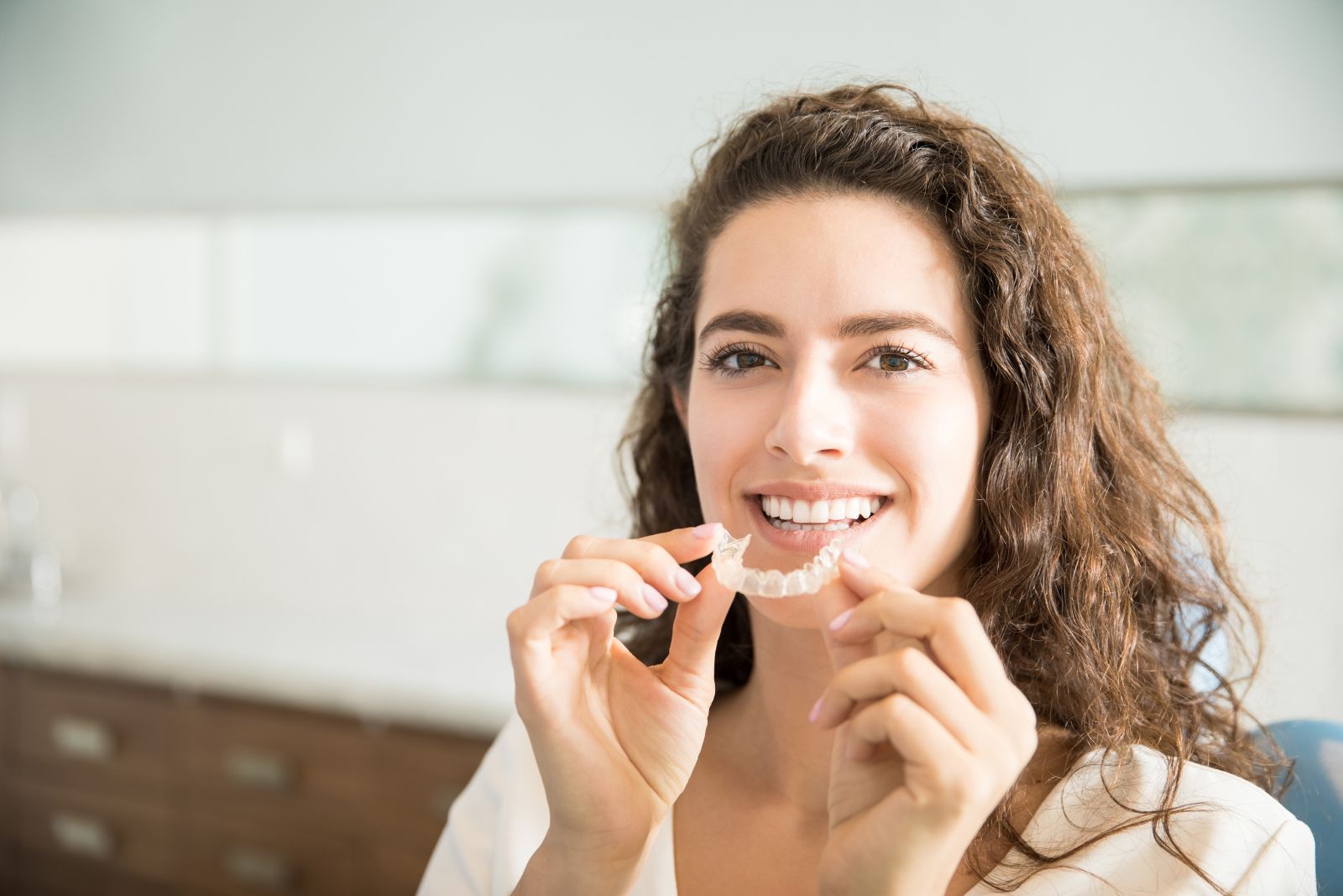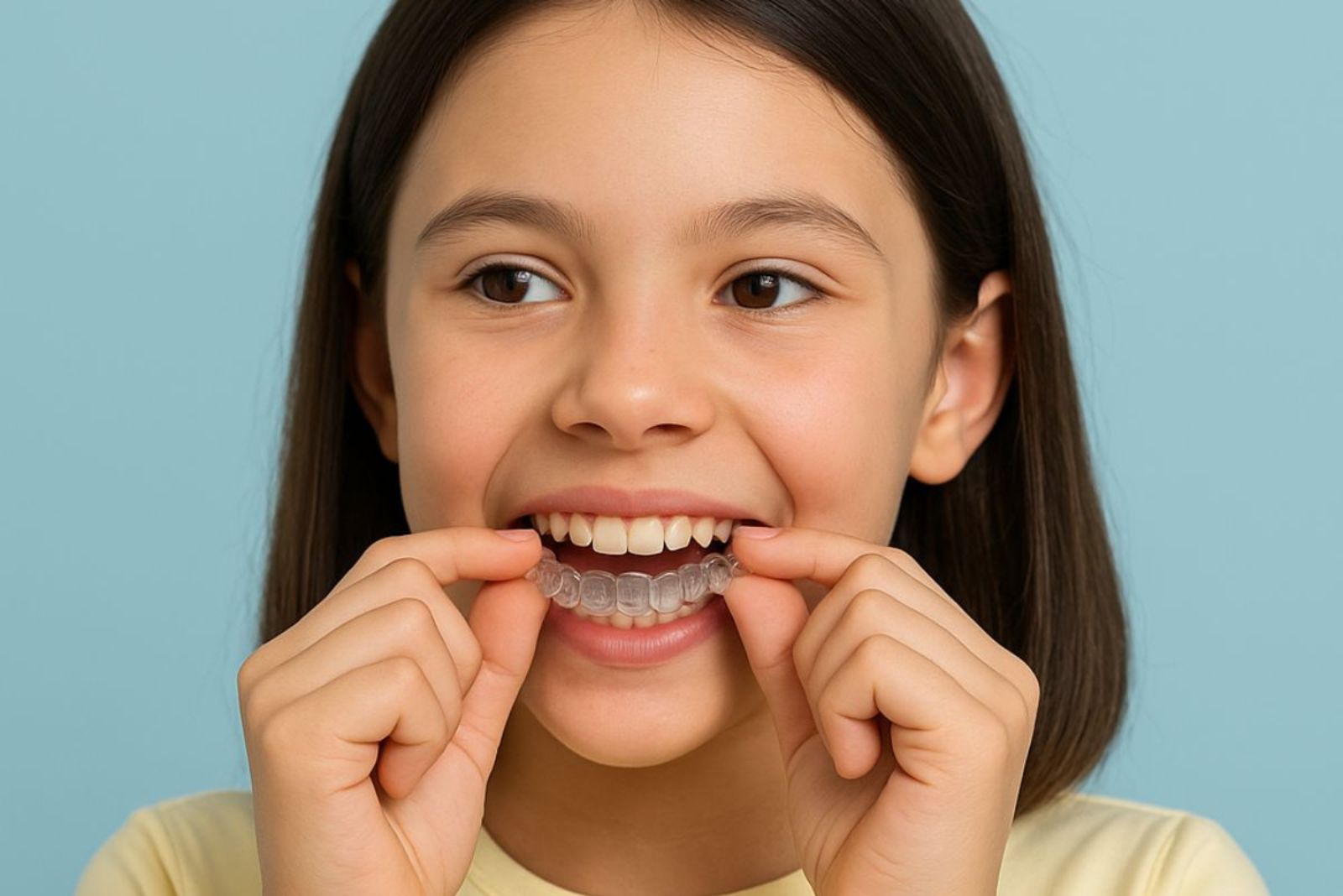Let’s face it—pacifiers can be lifesavers!
They soothe a crying baby, help them fall asleep, and sometimes give you those extra 15 minutes of peace you desperately need. But while pacifiers are a lifesaver in the early months, you might be wondering: When is the right time for your child to wean off the pacifier? And what will it do to my child’s teeth if we don’t wean them off soon?
At Happy Hoppers Dental Methuen, we get these questions all the time. So let’s break it down: when pacifiers are helpful, when they start to interfere with healthy oral development, and how to make the weaning process smooth for both you and your little one.
Are Pacifiers Bad for Your Baby?
Before we dive into the “when to stop,” let’s give credit where it’s due. Pacifiers typically help babies self-soothe and sleep better. They are believed to reduce the risk of Sudden Infant Death Syndrome (SIDS) by helping keep the airway open during sleep. When a baby sucks on a pacifier, it can encourage a more forward position of the tongue and jaw, which may reduce the chance of airway obstruction. Pacifier use may also help babies stay in a lighter stage of sleep, making it easier for them to wake up if there’s a problem with breathing.
Moreover, pacifiers serve as a distraction during vaccinations, flights, or long car rides, making stressful moments more manageable for both babies and parents—with guidance from a trusted pediatric dentist in Methuen MA.
And guess what? Most dental professionals (yep, us too!) agree that pacifier use during the first year is totally okay.
When Do Pacifiers Become a Problem?
When pacifiers are used for a very long-term, especially after age 2 to 3 years, they can start affecting the alignment of your child’s teeth and even the shape of their jaw. We have also seen cases of open bites in kids as early as 2 years.
Some common issues we see in the clinic include:
- Open bite (where the front teeth don’t meet)
- Crossbite (upper teeth sit inside the lower teeth)
- Overbite or “buck teeth”
- Speech delays due to improper tongue placement
While every child is different, we recommend starting to wean around 12 months and completely stopping by age 2 at the latest.
How to Recognize the Signs of Starting Your Child’s Weaning of Pacifiers?
If you’re still on the fence about weaning, there are a few clear signs that it might be time to start saying bye-bye to the binky. For starters, if your child is using the pacifier throughout the day rather than just for sleep or comfort, it could be creating an over-dependence.
You might also begin to notice subtle changes in how their teeth align or how they close their mouth—both early indicators that the pacifier is affecting their bite. As your child starts to form words, continued pacifier use can interfere with proper speech development. And of course, If your pediatric dentist points out any signs of dental changes, that’s a strong cue to begin the weaning process—an important step supported by expert guidance in pediatric dentistry.
Teethers vs. Pacifiers—What’s the difference?

Many parents confuse teethers with pacifiers—and we get it, they look similar!
- Pacifiers are for soothing.
- Teethers are for relieving teething discomfort.
Teethers are typically made of firmer materials like silicone or rubber and are designed to be chewed on. They’re great during the teething phase (usually 4 to 24 months). Some even come with cooling gel or are designed to be chilled in the fridge.
If your child is chewing on their pacifier, it might be time to introduce a teether instead!
How to Wean Your Child Off the Pacifier (Without a Meltdown)
Weaning doesn’t have to be dramatic. Here are a few pediatric dentist-approved tips to make the transition easier:
1. Start Gradually
Limit pacifier use to naps and bedtime. Once that’s working, begin phasing it out during sleep, too.
2. Offer a Substitute
Introduce a comfort item like a soft blanket, a stuffed animal, or even a silicone teether during the transition period.
3. Make It a “Big Kid” Moment
Frame it as a milestone! “You’re such a big kid now, and big kids don’t need pacifiers.” You could even celebrate the occasion with a small reward or ceremony.
4. Try the “Pacifier Fairy”
Have the “Pacifier Fairy” come and trade the binky for a toy or prize. Many parents swear by this one!
5. Go Cold Turkey (If You’re Brave!)
This works better with toddlers who are a bit older and can understand simple reasoning. Be prepared for a rough couple of nights—but many kids adjust faster than you think.
What If My Child’s Teeth Already Look Affected?
Take a deep breath—it’s rarely too late to fix it. If you notice an overbite or bite issues forming, schedule a visit with your pediatric dentist. In many cases, early intervention is self-corrected if weaned early! (like habit correction appliances or orthodontic evaluations). This can help guide your child’s oral development back on track.
Final Thoughts
Parenting is full of trade-offs, and pacifier weaning is just one of those tricky phases. But you don’t have to go through it alone.
At Happy Hoppers Dental Methuen, we’re here to support you through all stages of your child’s oral development—from baby teeth to braces and beyond. If you have questions, concerns, or just need a cheerleader during the pacifier weaning process, we’re here for you.
Here’s to happy smiles and smooth transitions!
Chewer or soother? Know what your baby needs, ask us at your next visit!








